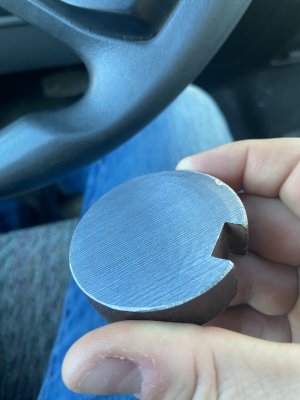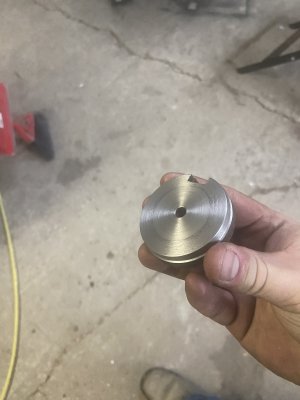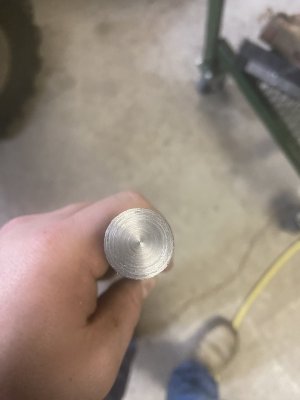BaitMaster
Super User
Wondering if anyone has some tricks of the trade for knowing what kind of steel you have if from an unknown source.
I recently acquired an abundance of 2 1/8” shafting for free….
It was used as a driveshaft for a large machine, driving hundreds of HP….
I don’t know if it’s just mild steel or some sort of alloy? Any tips appreciated.
Cuts easily with a bandsaw. Has a machined finish under the rust, not too deep of rust. Was sitting outside for years and years before I got it.
I recently acquired an abundance of 2 1/8” shafting for free….
It was used as a driveshaft for a large machine, driving hundreds of HP….
I don’t know if it’s just mild steel or some sort of alloy? Any tips appreciated.
Cuts easily with a bandsaw. Has a machined finish under the rust, not too deep of rust. Was sitting outside for years and years before I got it.




